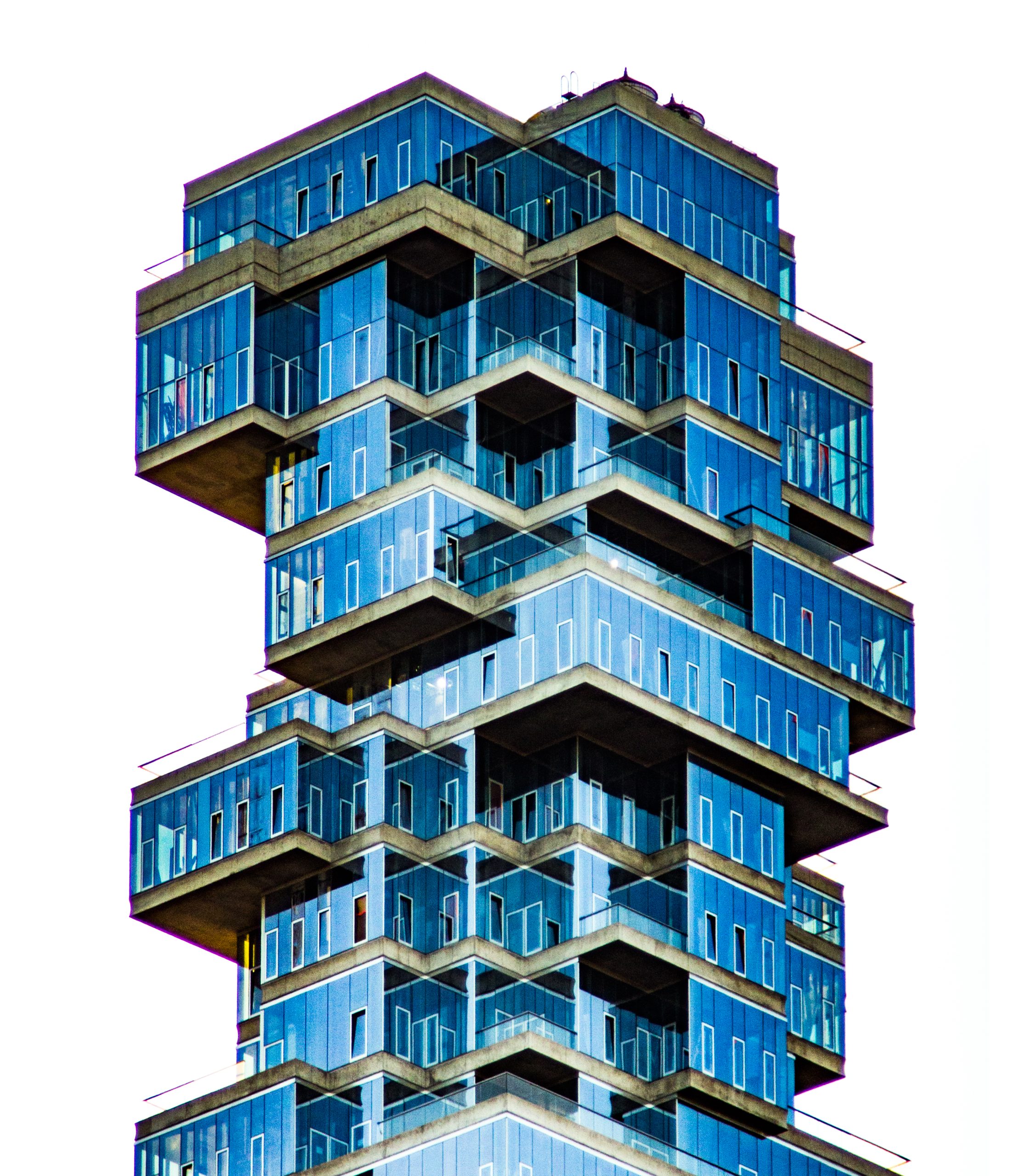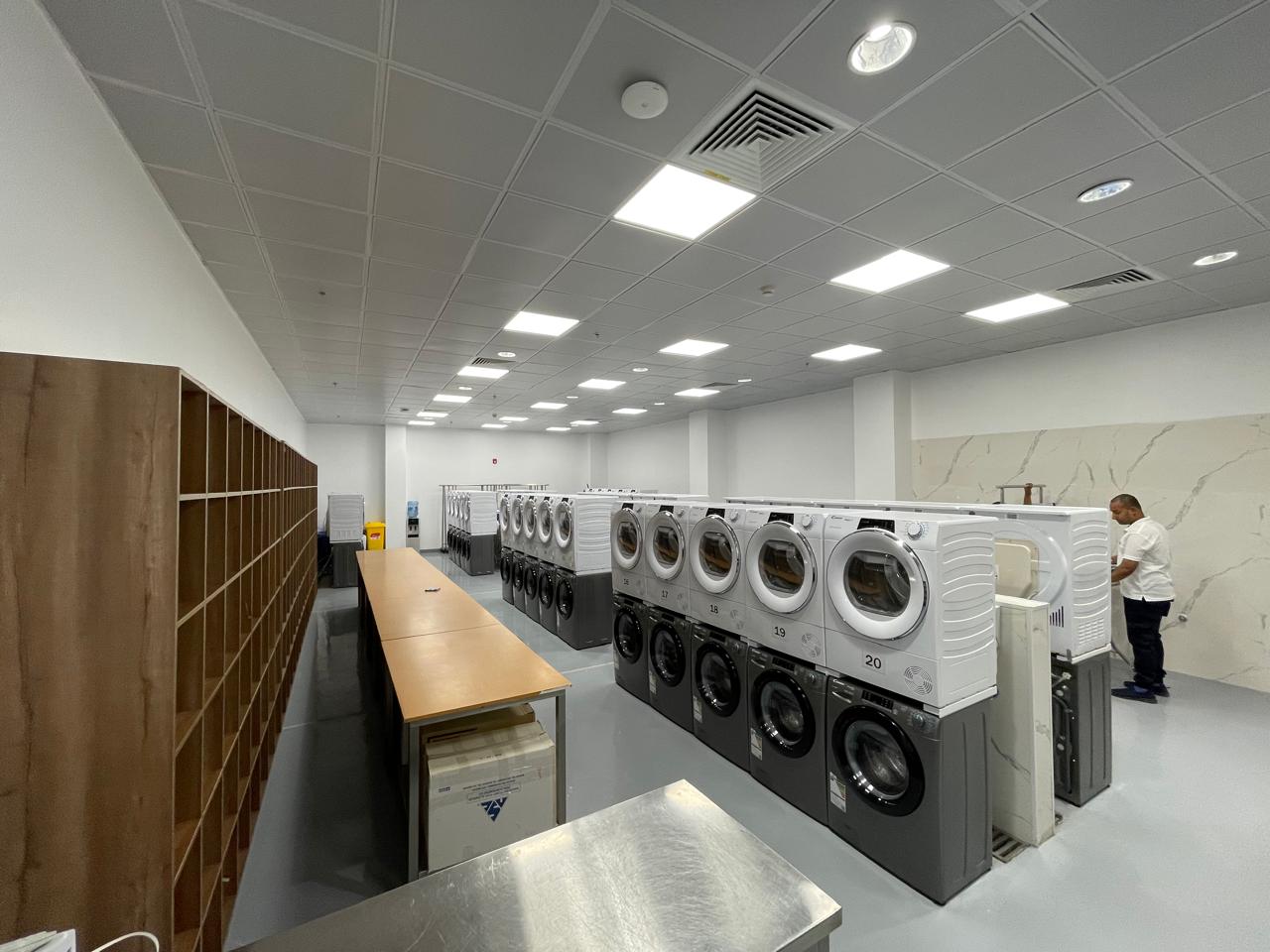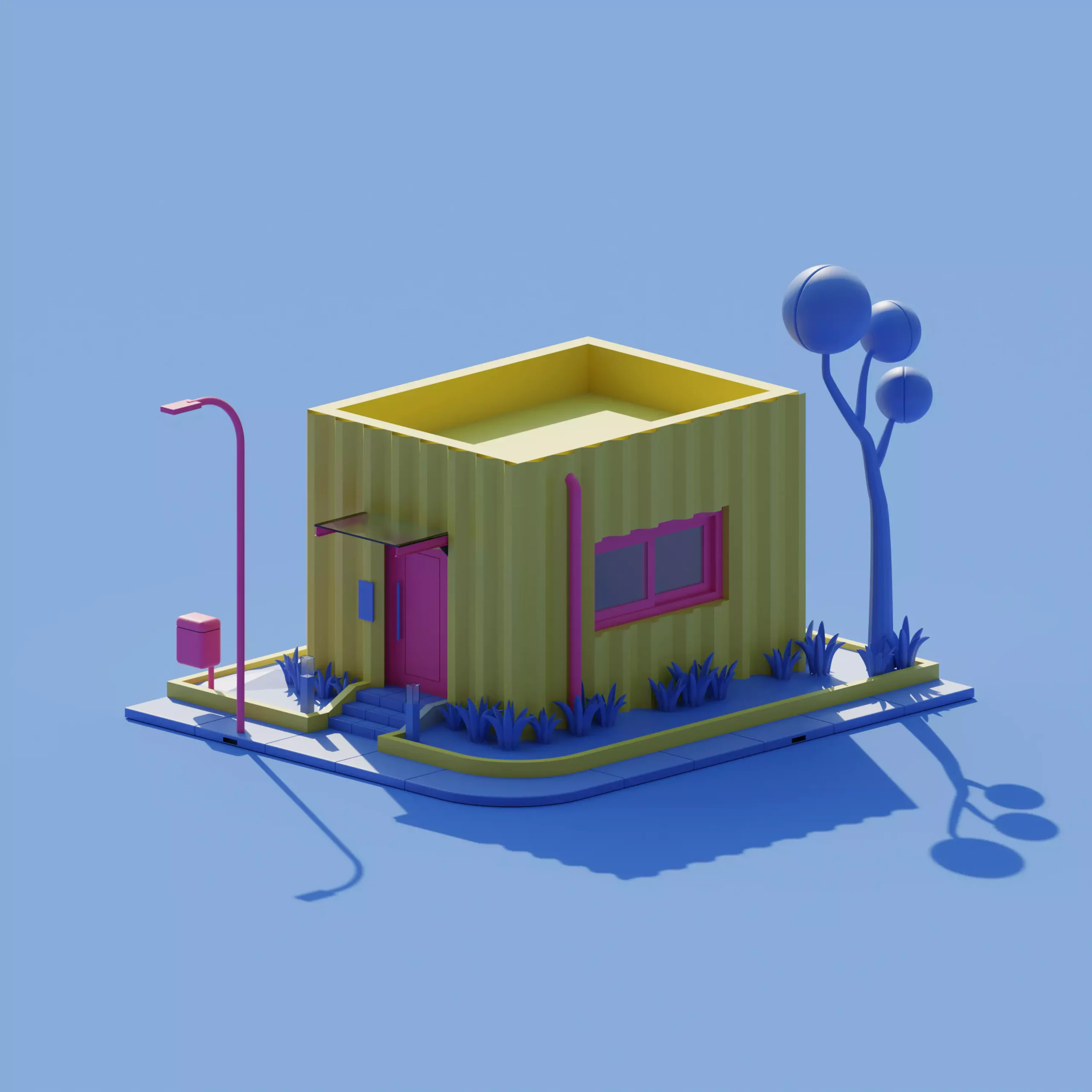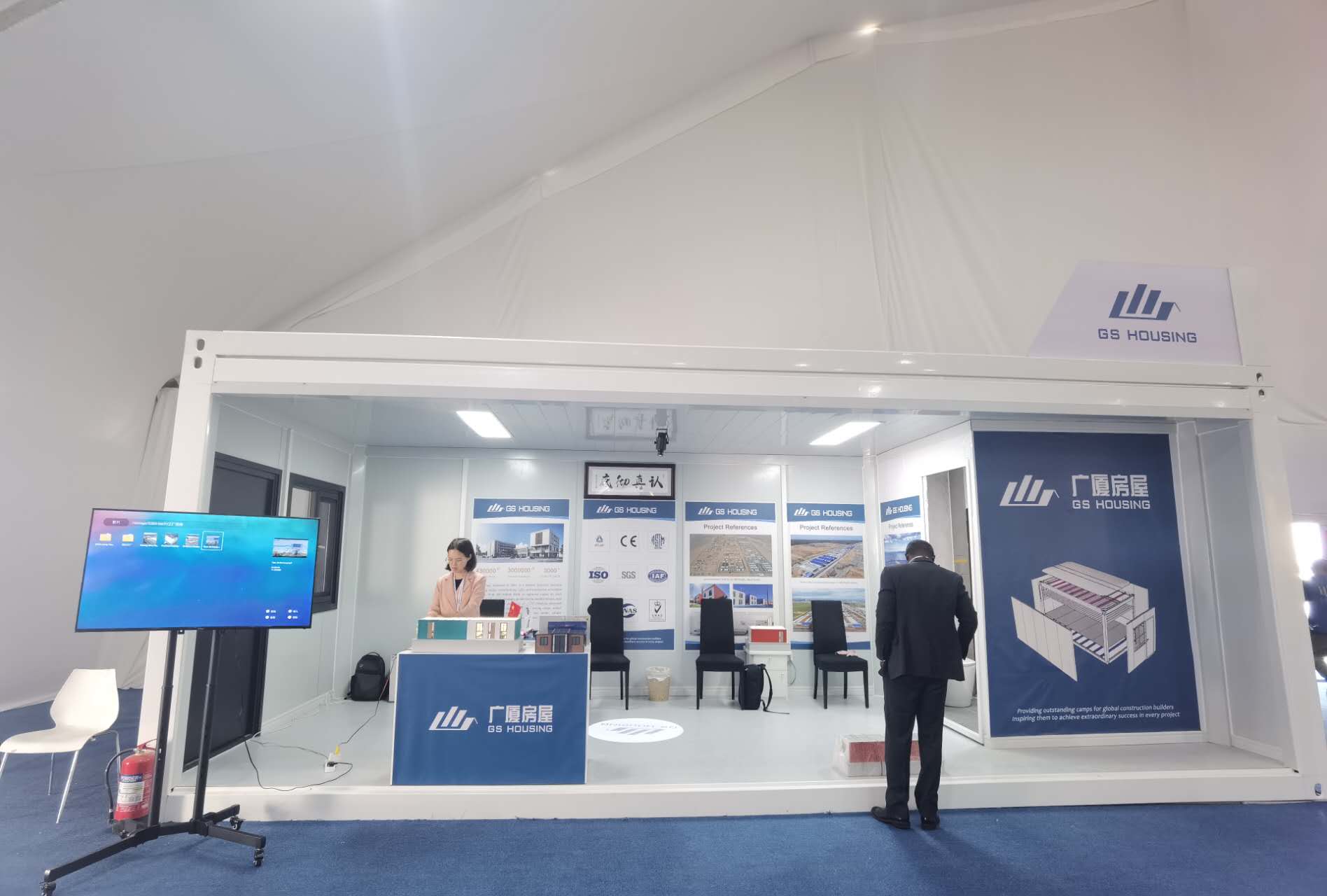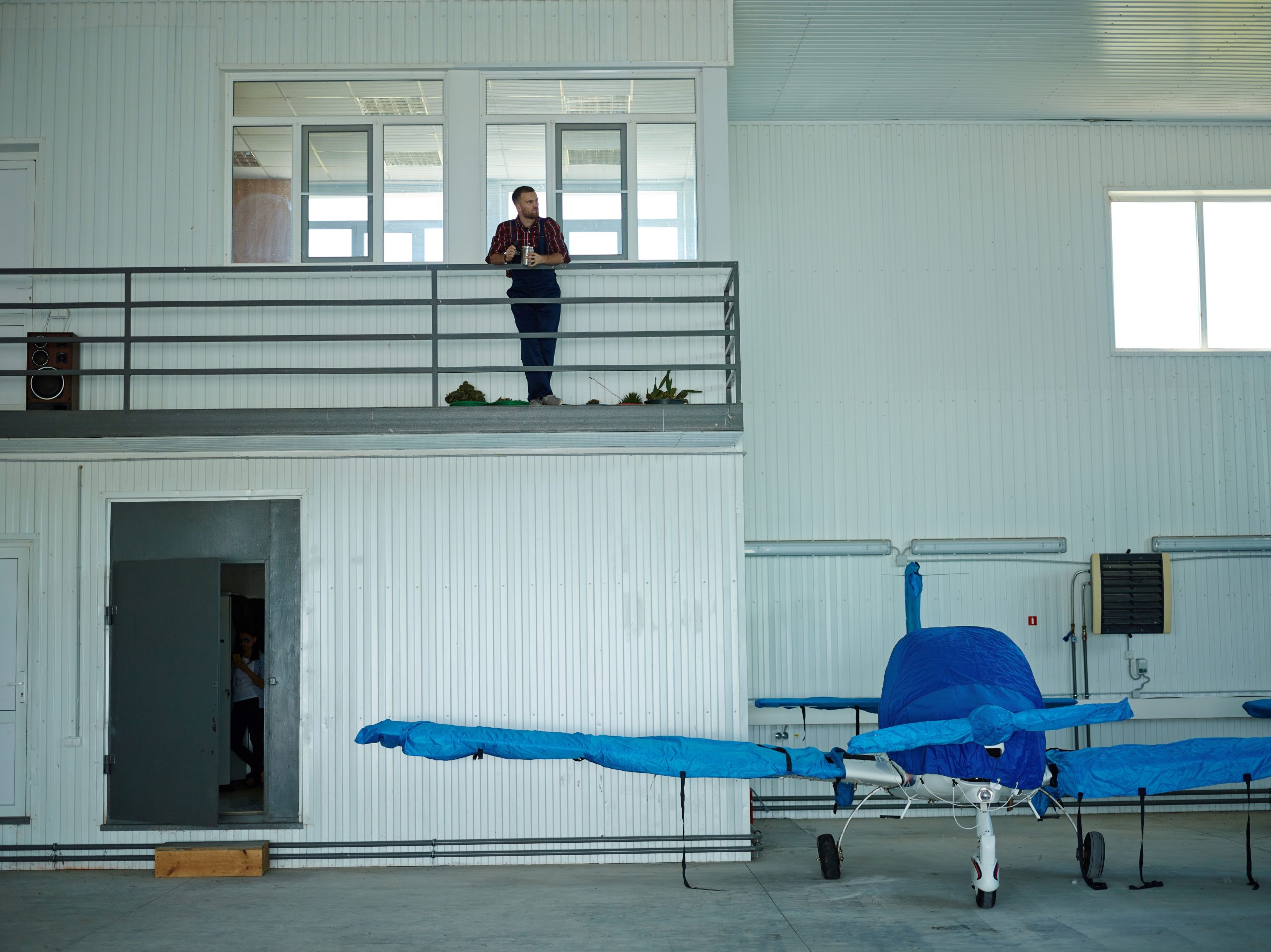How Can Modular Camp Buildings Adapt to Both Temporary and Long-Term Project Needs?
How Can Modular Camp Buildings Adapt to Both Temporary and Long-Term Project Needs?
Modular camp buildings provide a flexible option for both short-term and extended project demands. They deliver adaptable and quickly installable frameworks. These structures can be adjusted to fit specific purposes, like workspaces, living quarters, dining areas, and meeting rooms. This makes them appropriate for a variety of project types and timeframes.
Something You Need to Understand about Modular Camp Buildings
Definition and Traits
Modular camp buildings signify a groundbreaking method in construction. They use pre-made sections built off-site and then moved for on-site setup. This creative approach suits many uses, spanning homes, medical facilities, educational institutions, lodging, civic structures, display areas, business spaces, and tourism-related facilities. These units stand out for their flexibility and adjustability. They are perfect for both temporary and prolonged project needs.
Key Aspects of Modular Camp Buildings
The primary traits of modular camp buildings include their pre-built design. This allows for swift setup and takedown. It ensures the units can be rapidly placed or shifted as project needs shift. Additionally, modular buildings provide ample design versatility. They can be tailored to match specific project demands.
Benefits Of Conventional Structures
When compared to standard building techniques, modular camp buildings offer several perks. They enable quicker build times. This is due to off-site production happening alongside site readiness. Also, they cut down on waste and lessen environmental harm through smart resource use.
Types of Modular Camp Buildings
Permanent vs. Temporary Units
Modular camp buildings fall into two categories: permanent and temporary. Permanent units are crafted for long-lasting use with sturdy materials that guarantee durability. Temporary units, however, allow fast setup and removal. They suit short-term endeavors.
Adjustable Options for Varied Needs
These modular setups provide adjustable choices customized to diverse project demands. Whether you need a basic layout for brief lodging or an intricate plan for lasting facilities, the modular building offers the adaptability to meet specific needs.
Fulfilling Temporary Project Demands
Rapid Setup and Versatility
The swift installation of modular camp buildings is a key benefit for temporary project needs. Speed in building and setup comes from pre-construction methods. Modules are made in controlled settings while site prep happens at the same time.
Adjusting to Shifting Project Needs
Adaptability is a vital feature of modular camp buildings. As project requirements change, these units can be easily altered or expanded. This happens without interrupting active operations.
Cost Savings for Short-Term Use
For brief projects, cost savings are crucial. Modular camp buildings provide budget-friendly answers. They lower labor expenses tied to traditional building methods. Smart resource use boosts cost savings further. It reduces material waste during the production stage.
For those seeking dependable options in this field, GSMOD provides products crafted for uses from housing units to large industrial setups. They ensure top-notch quality and creative designs tailored to your exact needs!
Tackling Long-Term Project Needs
Strength and Durability of Units
Long-term projects demand robust structures that endure extended use. Materials and building methods used in modular construction ensure strong performance over time.
Care and Maintenance Factors
Routine care is key to extending any building’s life. Modular camp buildings are designed for simple upkeep. This makes maintenance tasks easier.
Growth and Expansion Options
Scalability matters when planning long-term projects. The built-in modular design lets these buildings expand or adjust easily as future needs grow. Blending with existing setups is smooth. This is thanks to the uniform parts used in modular construction.
Environmental and Sustainability Factors
Green Building Methods
Modular camp buildings lead in green building practices. They focus on sustainable construction techniques that reduce environmental harm. Modular integrated construction items suit many uses, including homes, healthcare centers, schools, hotels, public spaces, exhibit halls, offices, and tourism support setups. This adaptability ensures modular options align with specific eco-friendly goals across industries.
Eco-Conscious Materials in Construction
Using eco-conscious materials is central to modular building. By choosing renewable and recyclable resources, modular camp buildings help shrink the environmental footprint. This method supports ecological balance and boosts structure longevity.
Energy-Saving Features
Energy saving is woven into modular camp building designs. These units feature high-quality insulation, efficient windows, and modern HVAC systems to cut energy use. Such steps lower running costs and match global eco-friendly efforts.
Lowering Carbon Impact
Lowering carbon impact is a key aim in today’s construction practices. Modular camp buildings shine here with clever strategies that cut waste and boost renewable energy use.
Adding Renewable Energy
Adding renewable energy sources lifts the sustainability of modular camp buildings. Solar panels, wind turbines, and other green tech can be smoothly added to offer clean energy options.
GSMOD’s Contribution to Modular Solutions
Summary of GSMOD Offerings and Services
GSMOD excels as a top provider of full modular solutions suited to varied industry needs. Their creative products tackle both short- and long-term project demands with unmatched efficiency and quality.
Products Suited to Different Sectors
GSMOD provides a wide array of products for industries like housing, healthcare, education, hospitality, public works, and tourism support setups. Each item is made with precise engineering to meet international standards while offering top functionality.
Creative Solutions for Diverse Uses
Creativity drives GSMOD’s offerings. They keep developing advanced solutions using tech like automation and robotics in production. This keeps their modular builds ahead of industry trends.
Examples of Successful Projects
GSMOD’s skill shines in many successful projects across sectors. Their knack for delivering high-quality modular units has won praise from clients who value their dedication to excellence.
Projects Gaining from GSMOD Skills
Projects from big industrial complexes to small housing units have gained from GSMOD’s modular building expertise. Their ability to tailor solutions to client needs ensures great results for every project they handle.
Client Reviews and Input
Client reviews spotlight GSMOD’s positive impact on projects. They offer reliable, efficient, and eco-friendly building options. Feedback often applauds their professionalism and commitment to client satisfaction.
Future Directions in Modular Camp Buildings
Tech Progress in Modular Building
The future of modular camp buildings is shaped by tech progress. This enhances both design and function, keeping these units relevant amid changing market needs.
Smart Building Tech
Smart building tech is increasingly added to modular setups. It offers better control over systems like lighting, security, and climate. This improves user experience while optimizing resource use efficiently.
Automation and Robotics in Production
Automation and robotics play big roles in production processes. They streamline manufacturing lines. This leads to higher precision and lower labor costs. The result is top-quality outputs delivered faster than ever.
Changing Market Needs
The changing market needs to demand ongoing adaptation in construction. Thus, the focus on sustainable practices and versatile designs is vital.
Industry Moves Toward Eco-Friendly Practices
Industry moves toward eco-friendly practices show a growing awareness of the need to protect the environment for future generations. This drives demand for green alternatives to traditional methods, which often harm long-term ecological health.
Rising Demand for Adaptable Structures
Rising demand for adaptable structures comes from the need to fit shifting lifestyles and work settings. Adaptability and flexibility are key to thriving in today’s dynamic socio-economic world.
FAQs
Q1: What are the top benefits of modular camp buildings over traditional ones?
A: Key benefits include faster build times due to off-site production alongside site prep, less waste, lower environmental harm, flexible design options, quick setup/takedown ability, affordable solutions, smart resource use, durability, and growth options that blend seamlessly with existing setups!
Q2: How do modular camp buildings handle temporary project needs well?
A: They manage temporary needs well with fast setup via pre-construction methods. This allows module creation and site work to happen together. Their adaptability lets them adjust to changing demands while staying cost-effective by cutting labor and material costs!
Q3: Can modular camp buildings be tailored to different needs?
A: Yes! These flexible units offer tailored options to meet varied client needs. They range from simple setups for short-term housing to complex designs for lasting facilities. They provide maximum adaptability to unique demands in every case!
Prev:How Modular Construction Enhances Efficiency in Disaster Relief Efforts
Next:GS Housing and the Sydney Build Expo 2025: Opportunities in Modular Construction and Progress



